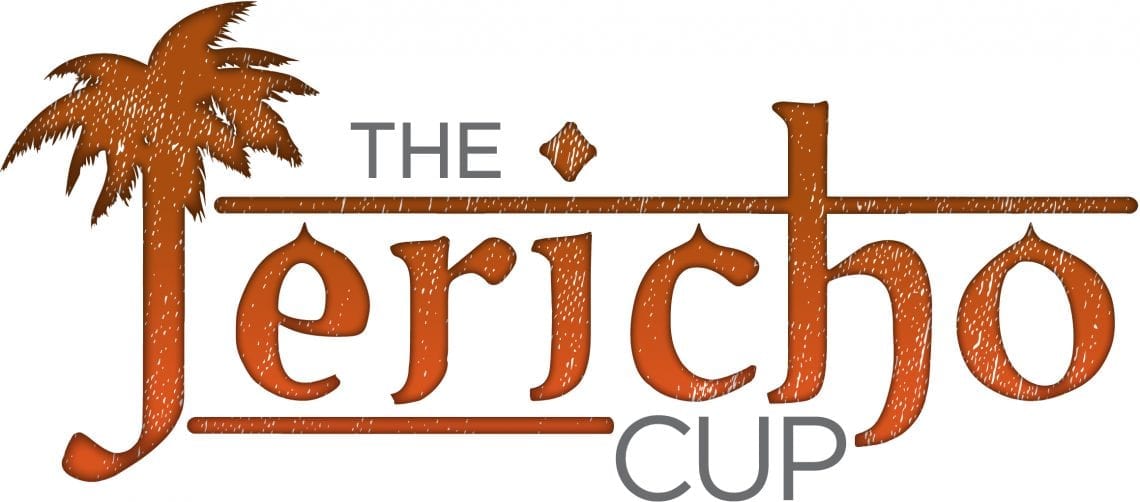Where are our stayers?
Revival? The Jericho Cup
Just this past week the RV (Racing Victoria) have announced the creation of a new race called the Jericho Cup.
In fact, it’s revival comes exactly 100 years after the last running, which was conducted in the desert sands of Turkey during World War I. Read more about it here: click here.
The Jericho Cup will be raced over 4600m and will be held at the Warrnambool Racecourse in early December 2018.
At first appearance, this looks like a race tailor-made for hurdlers and steeplechasers who can race over the prolonged distance. The criteria for entry will be relatively strict with only proven runners who have pre-qualified by winning eligible races or accruing significant qualifying points earlier in the season, being able to start.
Where are they?
So this brings me to my initial byline of where are our stayers in Australia? This also applies to New Zealand because the recent influx of international race horses to this country and their dominance in the Melbourne and Caulfield Cups in lieu of Australian and New Zealand horses, has seen these two traditional countries become a minority.
So what does this mean in the longer term for the popularity of staying races down under, and what is the racing industry doing to ensure better participation of local gallopers with staying credentials?
The industry, as it is today
Well unfortunately, the industry is being driven by the demands from the breeding barn.
The way the Australian Racing industry is going it seems that more focus is on short-term returns with sprinting breeding lines taking up the majority of interest and money.
This is at the expense of staying breeding lines which are not as prevalent as they once were. This argument holds true more in Australia than it does in New Zealand, with the Zabeel line still active, so too Tavistock and also Pentire; all proven staying pedigrees over in the Shakey Isles.
One operation who are counteracting this is the William’s team from Mount Macedon, who are buying in European horses to compete locally.
Their method is not directly impacting on the breeding situation in Australia. It really depends on what type of horse they bring down and whether or not they will have a charmed life after their racing days are over.
As it is, you’ll see more of the Williams horses lining up in staying races than in sprints. You can call Lloyd Williams old school and for that we can be thankful that at least someone with influence is taking an interest in staying races throughout Australia.
Added to that, the Godolphin operation and the Irish influx, and it’s easy to see where I’m heading with this.
How do the stats stack up?
With a little help from my friends in the industry, I’ve been able to build a profile of staying races in both New Zealand and Australia, and how they compare generally with every other race being run in both countries. The results do not make for pretty reading.
When doing a comparative percentage of staying races (that is races from 2400m upwards) and compare this sub-set against ALL races in both countries, the percentage proportion is very poor.
On average per year, the number of staying races that is 2400m and greater, works out to just under 2% for Australia, while in New Zealand it works out to just under 5%.
This figure also includes jump races, but there really aren’t that many in Australia due to the reduction in jumps races interstate, due to jumping accidents and fatalities. There’s probably more jumps races happening in New Zealand.
So if staying races (2400m and greater) only has an approximate 2% representation in Australia, what does the other 98% consist of?
I’m sure if we crunch the numbers even further we’d be able to determine the answer.
Who are winning these staying races?
Digging deeper, if we look at some of the more significant staying races over the last few years, it shouldn’t come as a surprise to many pundits that some of the horses who won don’t really have strong Australian staying breeding lines.
Some sires like Sebring and Domesday which are mostly from sprinting lines, have been represented by Criterion and Extra Brut in recent times. There are others, and these become the exception rather than the norm.
European imports and gallopers with a European or New Zealand flavour have prevailed in some of the bigger races, so there have been a few exceptions with the offspring of Flying Spur, Pierro and Myboycharlie all winning at distance.
The future?
I am not advocating that more should be done to increase the number of staying races to even things out. The industry, as per that famous and much maligned quote would say: ‘it is what it is’.
What the evidence reveals is a dramatic shift away from staying races across the entire racing industry, and the general perception that sprinting breeding lines is now the major focus for breeders, owners and trainers. It wasn’t like this ten years ago, and it certainly wasn’t like this going back even further to the 80’s and 90’s. Sir Tristam anybody?
Whether this is good for both the New Zealand and Australian Racing industries remains to be seen. But for example, if an entity like the Australian Turf Club can throw 13 million dollars at a Sprint race and tip the industry on its head, then that surely gives you an idea as to what the future holds, and in what direction the industry is heading.
For fans of staying races, there’s a lot of catching up to do.





